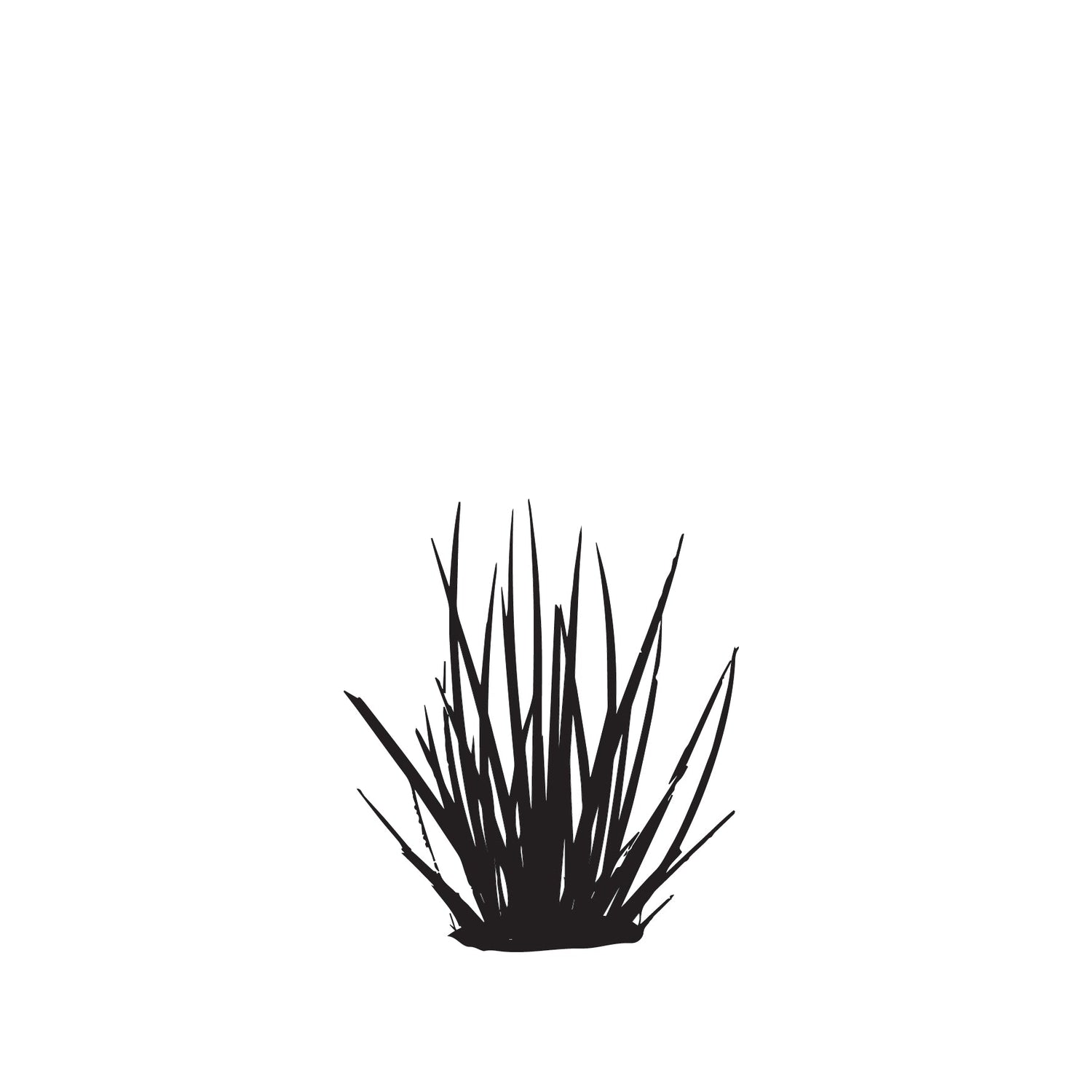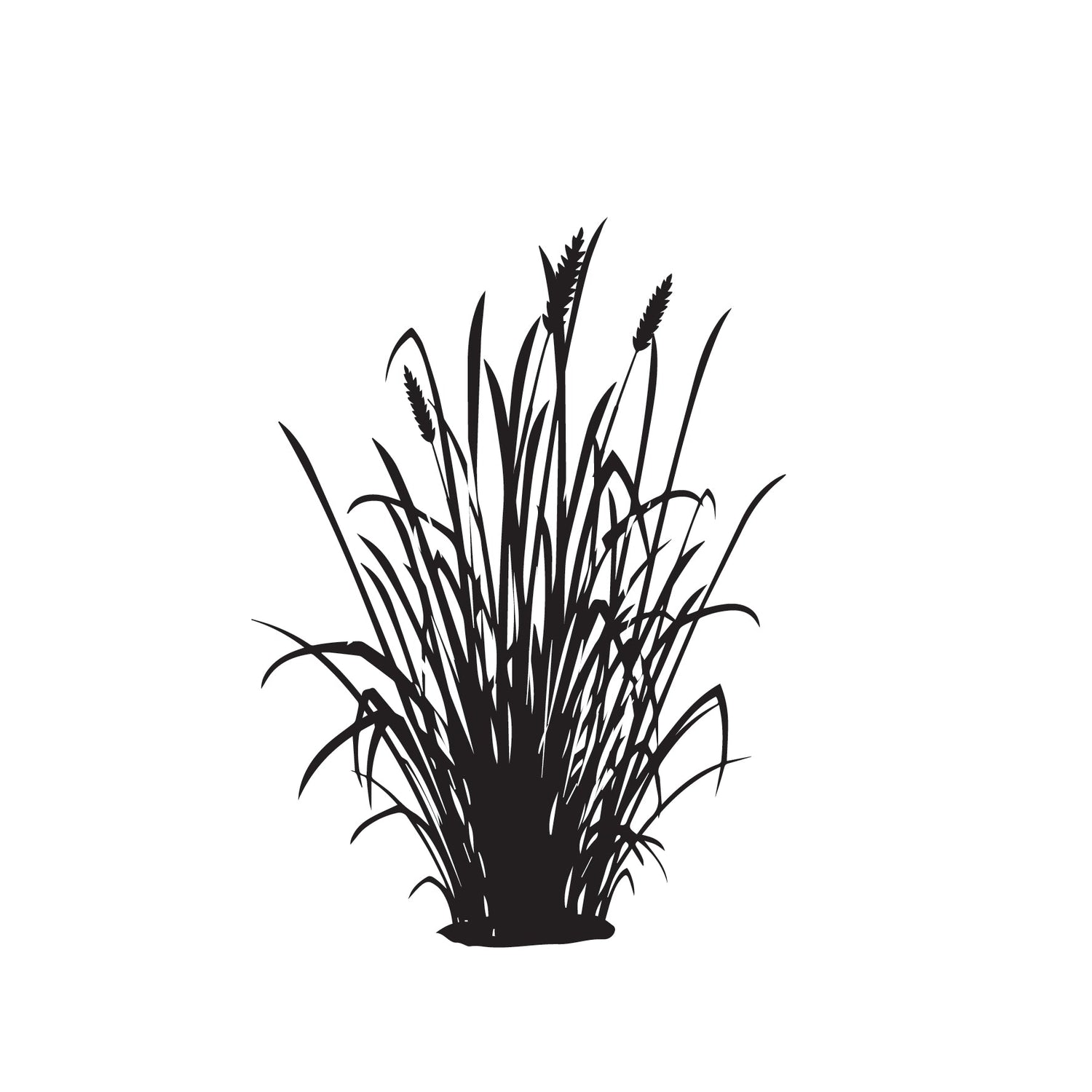Landscaping with New Zealand Flax: Easy Maintenance and Striking Design
Share
New Zealand flax (Phormium spp.) is a versatile and visually striking plant that has gained popularity in landscaping for its architectural form, vibrant foliage, and low-maintenance nature. Whether you're designing a coastal garden, a modern urban landscape, or a traditional garden bed, incorporating New Zealand flax can add texture, color, and year-round interest with minimal effort. Let's delve into why landscaping with New Zealand flax is not only aesthetically pleasing but also a practical choice for easy maintenance.
Why Choose New Zealand Flax for Landscaping?
- Architectural Appeal: The long, sword-like leaves of New Zealand flax create a bold and dramatic presence in any garden setting. Available in a variety of colors—from greens and blues to reds and purples—the foliage offers versatility in design, whether used as a focal point, border plant, or in mass plantings.
- Versatility: New Zealand flax adapts well to different landscaping styles and environments. It thrives in coastal gardens, Mediterranean landscapes, tropical settings, and even urban gardens. Its ability to tolerate wind, salt spray, and varying soil conditions makes it an excellent choice for coastal regions and city environments.
- Low Maintenance: One of the most attractive features of New Zealand flax is its minimal maintenance requirements. Once established, these plants are drought-tolerant and relatively pest-free. They require occasional watering during dry spells and occasional trimming to remove dead leaves or flower spikes. This makes them ideal for busy homeowners or those looking to create a garden that thrives with minimal intervention.
- Year-Round Interest: Unlike many flowering plants that have specific blooming seasons, New Zealand flax provides year-round interest with its evergreen foliage. The leaves maintain their color and structure throughout the seasons, ensuring that your garden looks vibrant and attractive even in winter.
Design Tips for Landscaping with New Zealand Flax
- Placement: Choose a sunny to partially shaded location with well-drained soil. New Zealand flax performs best in full sun but can tolerate partial shade, especially in hotter climates.
- Plant Combinations: Pair New Zealand flax with other plants that complement its foliage colors and textures. Ornamental grasses, succulents, and flowering perennials can create a dynamic contrast and enhance the overall visual appeal of your landscape.
- Groupings and Borders: Use New Zealand flax in groupings or as borders along pathways, fences, or walls. This creates a structured and cohesive look while defining different areas of your garden.
- Container Planting: New Zealand flax can thrive in containers, making it a versatile option for urban gardens, balconies, or patios. Choose large, sturdy containers with drainage holes and use a well-draining potting mix.
Maintaining New Zealand Flax in Your Landscape
- Watering: Water newly planted New Zealand flax regularly to establish roots. Once established, water deeply but infrequently, allowing the soil to dry out between waterings.
- Pruning: Trim dead or damaged leaves as needed to promote airflow and maintain plant health. Remove spent flower spikes to encourage continuous growth and prevent seed formation.
- Fertilizing: Apply a balanced fertilizer in spring to support healthy growth and vibrant foliage. Follow manufacturer's instructions for application rates based on the size and age of the plant.
Landscaping with New Zealand flax offers a multitude of benefits, from its striking architectural form and vibrant foliage to its easy maintenance and adaptability to various garden styles. Whether you're a novice gardener or a seasoned landscaper, incorporating New Zealand flax into your outdoor space can enhance its visual appeal while requiring minimal upkeep. Embrace the beauty and practicality of New Zealand flax to create a landscape that thrives year-round with effortless elegance and charm.





